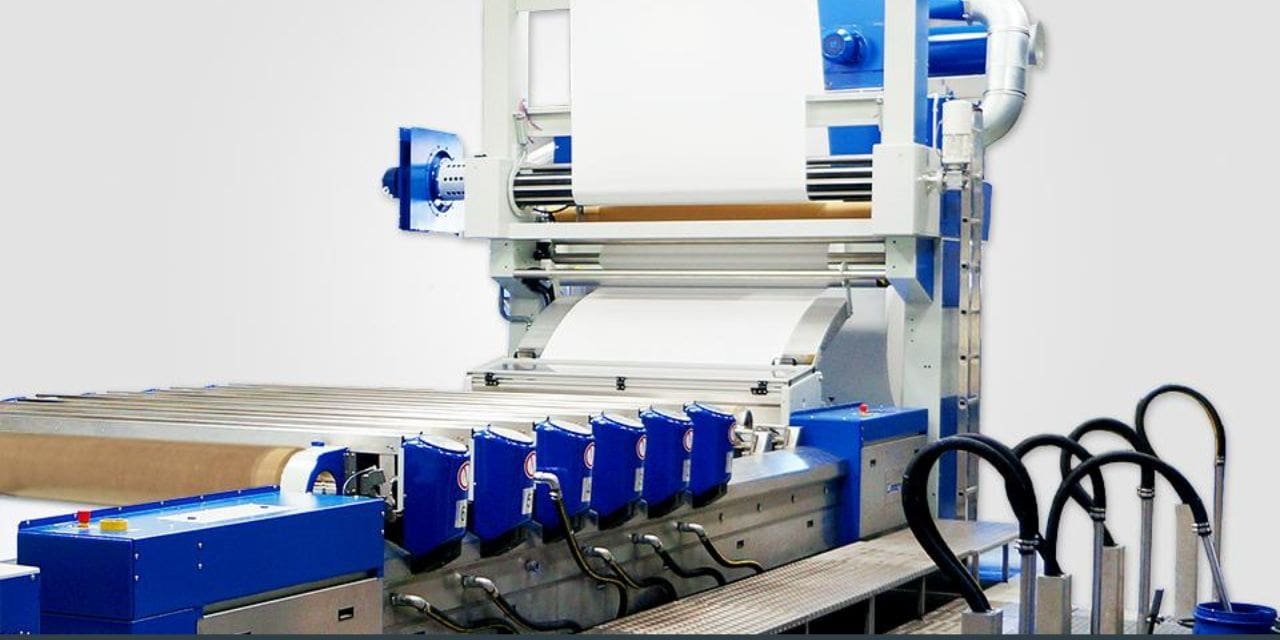What parts of textile machines need heat treatment?
Do you want to know what parts of the textile machine need heat? Well, you are at the right place, where we will define you as well as mention the types of heating processes. So what are you waiting for? Without any further ado, keep reading;
Heat treatment is used to give textile fabrics extra strength and durability. However, induction hardening can easily help you increase steel parts’ hardness and enhance their wear resistance. It is possible to temper-hardened steel to make it less brittle and more durable.
There are three main types of heat treatment: quenching, brazing, and tempering. Quench treatments involve immersing the fabric in a liquid bath, usually water, to harden or “quench” the fabric.
A lot of textile machines require heat treatment to be safe and functional. Heat treatment is used to preserve the structure of fabrics, making it possible for the fabric to withstand repeated use and wear without losing strength and elasticity. Now, it’s time to know about the parts of textile machinery which need heat treatment.
Parts of textile machinery which need Heat Treatment: A Comprehensive Guide
The primary item produced by the textile equipment business is the metal clothing needle. A textile manufacturer has installed a set of automated flow lines for drawing, rolling, punching, quenching, and coiling of metal clothing needles in order to create high-quality metal clothing needles; however, the business does not have a heat treatment burner that is a perfect match for the flow line.
As a result, we have been responsible for the project’s investigation and development. After extensive research into the manufacturing process and the high-temperature equipment’s industry standards, a proposed design is developed, and the heat treatment furnace and its associated sealing device are built.
However, it has already been proved through the design process, the manufacturing process, field testing, and production that the directing and sealing design of the furnace can be relied upon. The machinery used to cure the products ensures they are bright and free of oxidation and decarburization. The metallographic and toughness test findings are up to snuff technically, as confirmed by specialists in Switzerland.
Needle cloth steel needles are on par with similar imports in terms of quality and productivity. This innovative adjustable atmosphere, a pre-vacuum nitrogen furnace, represents a significant technological advance in the field of machinery heat treatment. The unit includes a furnace housing, vacuum system, and gas supply. It has qualities like great efficiency and energy conservation.
3 Types of Heat Treatment Which You Should Know
Heat-treatment temperatures vary depending on the type of fabric being treated. There are three types of heat treatment:
-
Dry heat treatment
In dry heat treatment, the temperature is usually not above 140 degrees Celsius (285°F) but can be higher if heat-resistant fibers are being treated.
-
Wet heat treatment
Wet-heat-treatment temperatures range from approximately 120 to 250°C (248 to 485°F).
-
Steam-heat-treatment
Steam-heat-treatment usually requires a temperature of at least 160°C (320°F) to successfully kill bacteria and insects on fabric.
Heat treatment can damage the material and make it unsuitable for certain uses. If a textile machine requires heat treatment, always check with the manufacturer first to ensure that it is safe for your equipment.

